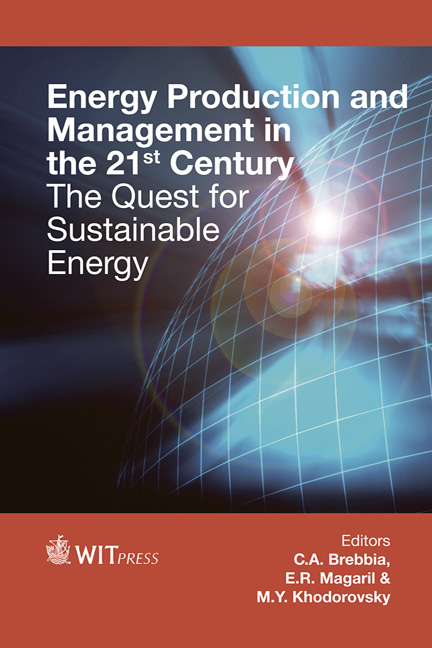A Framework For The Iterative Dynamic Optimisation Of Diesel Engines: Numerical Methods, Experimental Setup, And First Results
Price
Free (open access)
Transaction
Volume
190
Pages
17
Page Range
1265 - 1281
Published
2014
Size
605 kb
Paper DOI
10.2495/EQ141182
Copyright
WIT Press
Author(s)
J. Asprion, G. Mancini, S. Zentner, Ch. H. Onder, N. Cavina & L. Guzzella
Abstract
Owing to the many degrees of freedom provided by current engine systems and to the need to consider transient operation, deriving an engine calibration has become a tedious task. Control trajectories resulting fromthe solution of an optimal-control problem provide a guideline to the calibration engineer, serve as a benchmark, and might be used for a partial automation of the calibration procedure. The common approach to dynamic optimisation consists of solving a single optimal-control problem. However, this approach requires the availability of models that are valid throughout the whole engine operating range and actuator ranges. In addition, the result of the optimisation is meaningful only if the model is very accurate. We propose a methodology to circumvent those demanding requirements: an iteration between transient measurements to refine a purpose-built model and a dynamic optimisation which is constrained to the model-validity region. This paper presents all numerical methods required to implement this procedure. The crucial steps are analysed in detail, and the most important caveats are indicated. Finally, an experimental validation demonstrates the applicability of the method and reveals the components that require further development. Keywords: optimal control, engine optimisation, transient operation, mean-value model, turbocharger, EGR, VGT.
Keywords
optimal control, engine optimisation, transient operation, mean-valuemodel, turbocharger, EGR, VGT.





